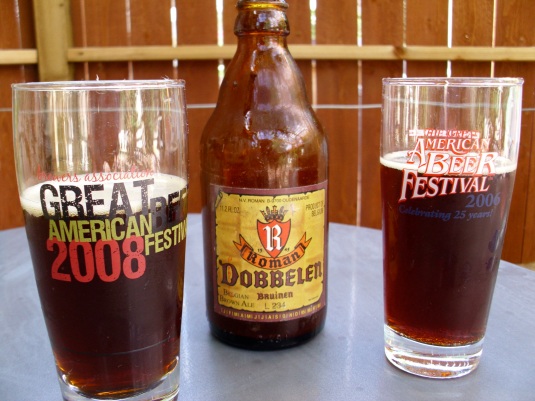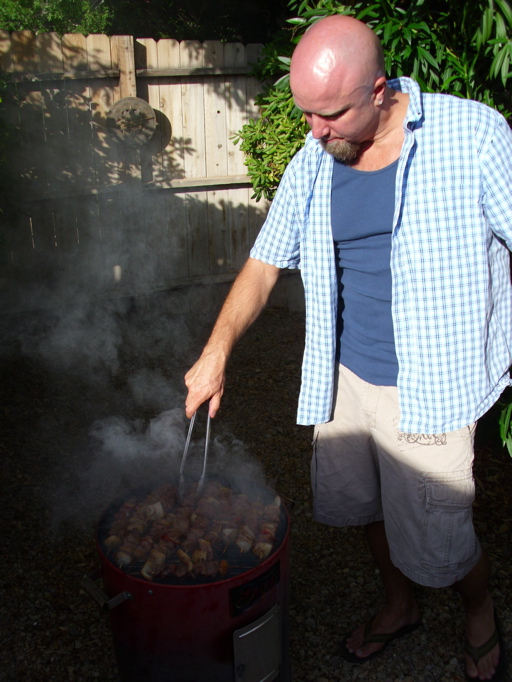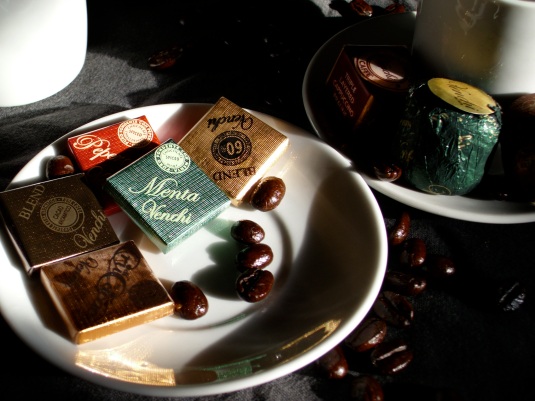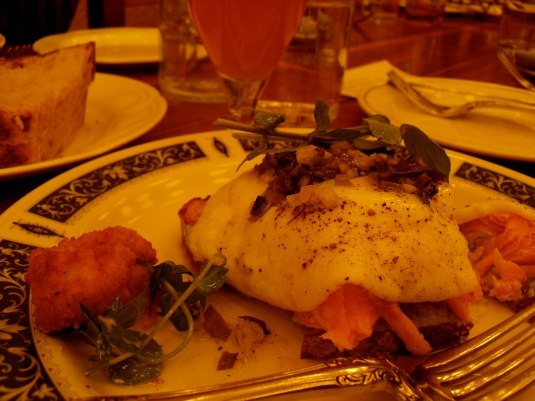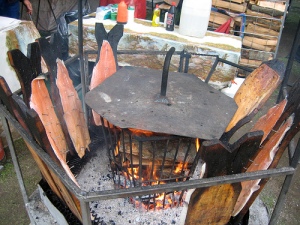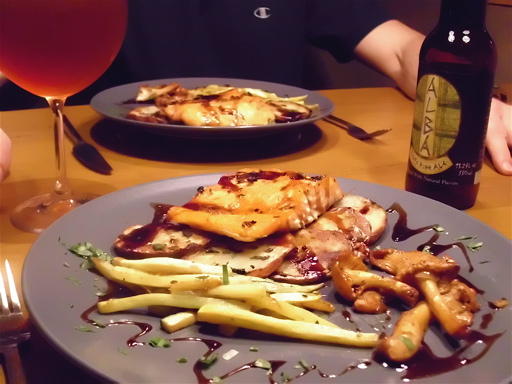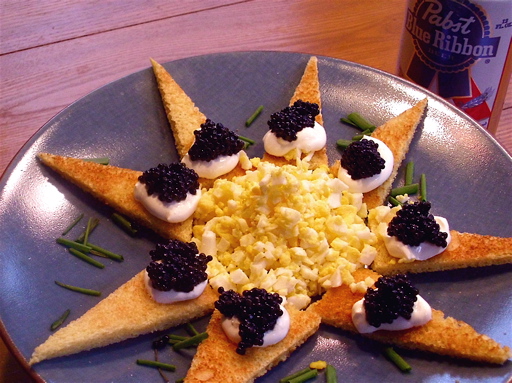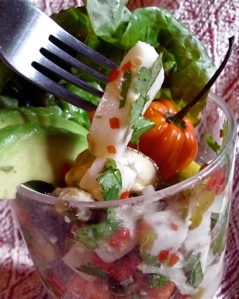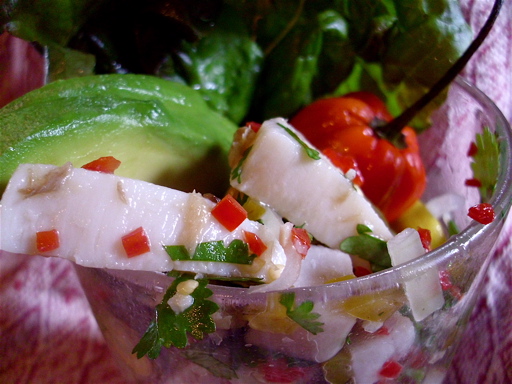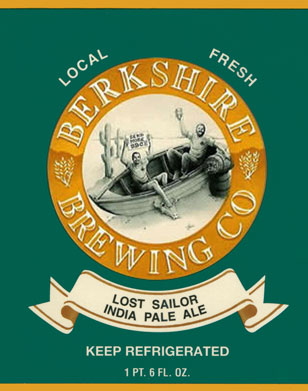
(Source: lotussutra.wordpress.com)
As promised, the recipes for the Feast of the Seven Fishes are getting more and more ‘out there.’ I make no apologies. This is a lengthy post and requires a cook with more hands than Shiva. There will be more fusion and more difficulty from here on out. Be an armchair cook or pony up, source the ingredients, and “make it so Number One.”
This recipe is number 4 in our countdown from 7. At the outset I will say that fried smelts are a traditional element in the Feast of the Seven Fishes. Traditional is great, but smelts can nevertheless be difficult to find, for of course they must be fresh, silvery, lithe and odorless. But fortune smiled and I found them in a diminutive fish restaurant cum market in West Brattleboro, VT – a place called Gillies.
I can’t tell you how many times I’ve bought some unpopular product from a fish counter and have had the proprietor eye me askance, for just a moment, then a smile emerges, then the animated conversation about what’s for dinner. This is what I call connecting. It is a genuine human feeling that there is a commonality between you and another human being. Let’s just say I feel blessed when these moments occur.

Lithe and luminous - fresh smelts ready for action! (Source: italianhandful.wordpress.com)
And so, this jolly, round man weighed up my smelts for all of a couple dollars. He said “this time of year…” knowing that only a phrase meant a paragraph. I said “fried up with mushroom risotto.” His wife, I guess, trundled in and said “we serve ’em at the restaurant with chips.” I’m thinking she meant fries, but there was no English accent. I bounded out into a bolt of sun that broke through the gray sky of the day.
There is so much to write about smelts. Truly. But not here. I already have an entire essay on smelts that I hope to use in the introduction of my first cookbook. Indeed I will likely draw further conclusions from this codex. My late-in-life discovery of the marvel of smelts is a personal idiom, one about the importance of trying new things, eschewing prejudice. I encourage you to find your own smelts, or beef tongue, or cross-dressing, or fascination with crochet. We expand ourselves by taking small bites out of fear.
Dredge in flour, fry ’em, toss ’em on a pile of spinach. No problem. But that’s not my plan. No, now I must find my other difficult treasures: the porcinis (Boletus sp.), Arborio rice, the fennel bulb, and whatever else weaves its way into my fascination. I make myself laugh… it is a wicked web we weave… when a complicated dinner we conceive. Even more so, because pairing a beer with fried fish and fries is simple. With this recipe I’m forcing myself to find an all-rounder that will match the fish, the earthy savoriness, the acidity of lemon and the sulfur of Brussels sprouts.
Fried Smelts with Earth Vegetables, etc., etc.
Ingredients for Four
Time to Prepare: 36 hours – Time to Eat: 10 minutes
Porcini Risotto
- 1/2 cup dry white wine
- 1/2 oz dried porcini mushrooms
- 1-1/2 tbsp olive oil
- 3/4 cup onions, chopped
- 1 cup Arborio rice
- 3 cups homemade beef stock with marrow, see note
- pinch saffron threads, crushed
- 1/2 teas marjoram, dried
- 1/4 cup pecorino romano cheese, finely grated
- salt and fresh black pepper to taste
Note on beef stock: Sear 1-1/2 lb beef shank on all sides in 2 tbsp olive oil. Add 12 oz of low bitterness brown ale or porter and 2 tbsp barbecue sauce. Top up with 4-6 cups water and braise covered for several hours until everything falls apart. Cool enough to handle. Remove the shank bone, meat and any un-rendered fat, but push the marrow back into the liquid. Mash the marrow into the stock. Chill to solidify the fat, then discard the fat. Heat the stock to a low boil, skimming if required, and reduce to 3 cups. Keep warm for use in risotto. Note that for purists, the use of meat or dairy in a Feast of the Seven Fishes dish is forbidden.
Preparation of the Risotto
The risotto recipe is in a style called Milanese and this version is adapted from The New Basics Cookbook by Rosso & Lukins (Workman, 1989).
by Rosso & Lukins (Workman, 1989).
In a small pan, heat the wine to boiling, add the dried mushrooms, then remove from the heat. In a heavy, straight-sided pot or cooktop-safe casserole heat the oil, add onions until soft, 5 minutes, then stir in rice for another 3 minutes. Adjust heat to medium-low.
With continuous stirring add 1/2 cup of the warm stock. When that liquid is absorbed, repeat with another bit of stock. You will be stirring gently like this for the next 30 minutes – do not let the rice sit in a pool of liquid. The classic way to know when you’re ready for more liquid is when the bottom of the pot comes into view during stirring. When half the stock has been added, switch to adding the warm wine-mushroom liquid. Stir in the crushed saffron and marjoram. Continue with the wine until all used, then finish with the stock. Taste for doneness. You want al dente with no pithy interior to the rice. A small amount of warm water can be added if you need to keep going. Milanese risotto should be creamy, but not runny, whereas risotto from southern Italy tends to be soupier.
Stir in the cheese and salt and pepper, using caution with the salt because of the saltiness of the cheese. Cover the dish and keep lukewarm until plating.
Fennel-Burdock Dice with Brussels Sprouts
- 2 tbsp finely, uniformly diced burdock root (Jap: gobo), see note.
- 1 teas whole annato seeds
- 1/4 cup purified water, acidulated with a splash of lemon juice
- 1 tbsp olive oil
- 1/4 cup finely, uniformly diced fennel bulb, white part only
- 2 tbsp butter
- 1 cup brussels sprouts
- 1 tbsp fresh lemon juice
- salt and fresh black pepper to taste
Notes on burdock root. If unavailable you may substitute with parsnip and/or celeriac (celery root), but skip the annato infusion and add to the sauté with the fennel. Burdock (Arctium lappa) is a medicinal root that looks something like salsify, or, if you’ve never seen that, then like a three foot long brown, anemic carrot. It is most commonly used in sushi where the baby roots are pickled in orange dye and MSG – ick! It has a smokey, woodsy, faintly artichoke taste that is unique – yum! My preparation is designed to achieve the same thing without the unnatural additives. (Also, contrary to popular myth, annato is not just a colorant – crush some and smell for yourself.) This side dish embodies the three colors of the Italian flag, with the burdock/annato supplying the red. Warning: burdock is a stimulant that has a caffeine-like effect. Even handling it before bed last night kept me up most of the night! Who needs Red Bull?
Preparation of the Vegetables
Do not peel burdock, rather scrape the skin off with the edge of a paring knife or use a 3M pad. Cut into uniform fine dice (3 mm) and immediately submerge in the acidulated water to avoid discoloration. Grind the annato seeds in a mortar until you achieve an oily pigment. Now you’re ready to paint the Sistine Chapel. No, now add this to the burdock and liquid allowing same to sit in the fridge overnight.
Now, to get busy, sauté just the burdock (reserving the red liquid) in the olive oil over medium heat for 10 minutes, gradually adding the red liquid. Cook until the liquid is absorbed and the burdock is soft enough to eat. It is a fibrous root so let’s leave it with a little of that natural texture. Set aside.
In a clean pan, separate from the burdock, melt the butter and sauté the fennel until al dente. Meanwhile, in a small steamer, steam the Brussels sprouts for about 6 minutes, until the tip of a knife penetrates, but they are not mushy. Toss the Brussels sprouts into the fennel, then add the lemon juice, salt & pepper. At the last moment, stir in the reserved burdock and immediately plate beside the risotto, arranging to your heart’s content.
Fried Smelts
- 1.5 lbs fresh, cleaned, beheaded smelts
- 1/2 cup flour
- salt & pepper to suit your taste
- juice of 1 lemon
Final Assembly
Begin by heating the oil in a broad pan until it shimmers. Keep the temperature steady. Pat dry the smelts and check for things that might have been missed during evisceration. Coat the smelts with lemon juice, then dredge in the flour to which you’ve added the salt and pepper. This can be done in a baggie, Shake-n-Bake style. Fry the smelts in an uncrowded single layer in the pan for about 3 minutes per side.
Plate the smelts onto a mound of risotto. The burdock-fennel-brussels sprouts mix goes beside. Garish with a lemon wedge and some fresh, flat-leafed parsley. Due to the range of oily, nutty, woodsy, sulfury, acidic flavors, you are going to want a beer that is equally complex. I recommend the Italian beer Genziana, brewed in the style of a Belgian farmhouse ale. It employs gentian root (Gentiana lutea), the bitter and medicinal element in Angostura Bitters, and has a honeyish sweetness and flowery hop aroma backed by yeast-driven depth and a lingering bitterness. I found it to be excellent with this dinner. May you and your army of sous chefs enjoy! TPJ
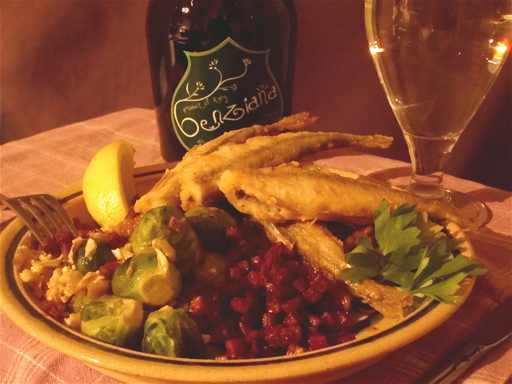
Dinner is served!
p.s. Tasting notes for beers paired with this dinner follow.

Some beers that paired credibly with this dish.
- Saison du Buff (collaboration between Stone, Dogfish, and Victory), 6.8%
- beer itself: bitter, yeast aromatics, vulcanized rubber/sulfur, herbaceous
- popped out fresh vegetable notes from the brussels sprouts et al, collaborated with the risotto, a little slick with the fried fish
- Raison D’Être (Dogfish Head, DE), 8%
- the beer: malty & sugary, cedar pencil shavings, warming, low yeast factors
- really matched the risotto, softened the vegetables, and enhanced earthiness from the fish; a happy union, if not very surprising or synergistic
- Maudite (Unibroue, QE, Canada), 8%
- the beer: pronounced pepperiness, dried fruit, meaty yeast
- passable but not exceptional, too much spice and alcohol warmth
- Prima Pils (Victory Brewing, PA)
- bright flor-herbal hop aroma, light grainy malt, crisp sweet/bitter finish
- held up very well with all flavors and popped up the lemon flavors
The Countdown
So far:
- No. 7 – Bacalao con Patates Dulces (Spanish-American salt cod and sweet potato casserole), best served with a hoppy American ale
- No. 6 – Moules à la Normande (French-style steamed mussels with creamy bleu cheese finish), serve with a semi-sweet hard cider (check out Farnum Hill).
- No. 5 – Ceviché Mixto (Peruvian cold seafood salad with chilis and citrus juice), served with a cold pilsner or the Classic Cocktail: the Pisco Sour.
- No. 4 – Fried Smelts (Italian, with a mushroom risotto and fennel-burdock side salad), served with an Italian saison-styled beer.
On deck:
- No. 3 – PBR and Caviar – (Russian-White Trash Fusion) Dine like a rock star, served with ice-cold cheap beer.
We’re more than halfway there – How’s your Christmas shopping going? TPJ
